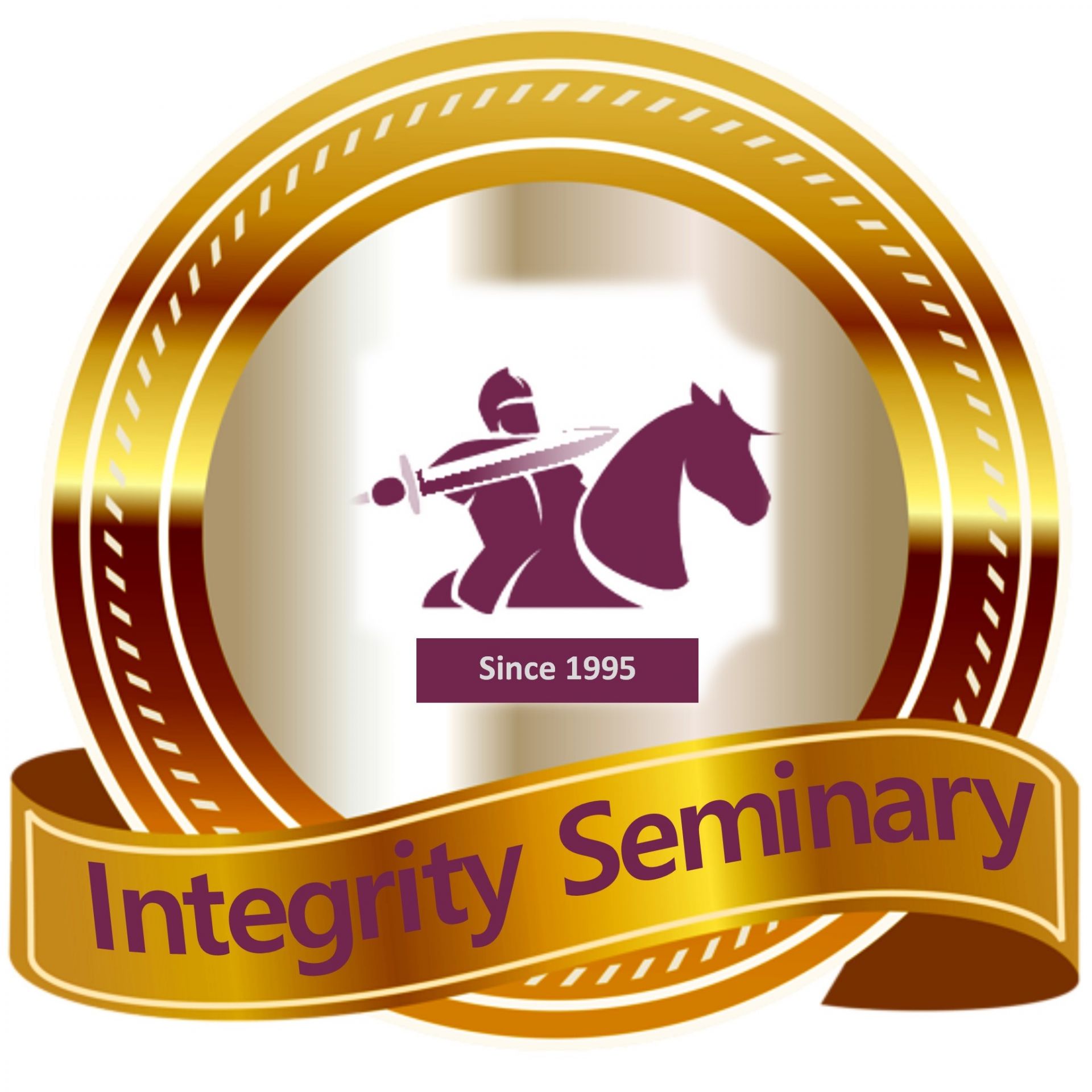Outline for Researching and Preparing an Expository Sermon
Outline for Researching and Preparing an Expository Sermon
I. Introduction
A. Definition of Expository Sermon - Preaching through a passage of scripture
B. Importance of Expository Preaching
- In a time where many (honestly, most) growing churches approach preaching from a topical vantage point, it’s important to remember the benefits of expository preaching.
Using exposition:
- Teaches a strong appreciation of the Scriptures by directly exposing a congregation to the Biblical text.
- Hones both the preacher’s and listener’s ability to interpret scripture.
- Restrains you as the preacher from getting too off-course.
- Captures the power of the text in context.
- Allows the preacher to confront cultural counterpoints to sound theology naturally.
C. Purpose of the Outline
I. Selecting the Text
A. Criteria for Choosing a Biblical Passage
1. Relevance to the congregation
2. Clarity and depth of the text
B. Prayerful consideration and guidance
III. Understanding the Context
A. Historical Context
1. Author and audience
2. Cultural and historical background
B. Literary Context
1. Genre of the text
2. Placement within the book and the Bible
IV. Conducting In-Depth Research
A. Biblical Exegesis
1. Word studies
2. Key themes and theological implications
B. Utilizing Commentaries and Resources
1. Selecting reputable commentaries
2. Incorporating scholarly articles and books
C. Cross-Referencing Scripture
1. Related passages and verses
2. Thematic connections throughout the Bible
V. Structuring the Sermon
A. Developing a Clear Thesis Statement
B. Organizing Main Points
1. Logical flow of ideas
2. Supporting evidence from the text
C. Crafting an Engaging Introduction
1. Hook to capture attention
2. Overview of the sermon’s purpose
VI. Application of the Text
A. Identifying Practical Applications
1. Relevance to contemporary life
2. Encouraging spiritual growth and transformation
B. Illustrations and Examples
1. Personal anecdotes
2. Historical or contemporary stories
VII. Writing the Sermon
A. Drafting the Manuscript
1. Clarity and conciseness
2. Maintaining a conversational tone
B. Incorporating Transitions
1. Smooth movement between points
2. Reinforcing the main theme
VIII. Rehearsing the Sermon
A. Practicing Delivery
1. Timing and pacing
2. Vocal variety and body language
B. Seeking Feedback
1. Peer review or mentorship
2. Adjusting based on constructive criticism
IX. Final Preparations
A. Prayer and Spiritual Preparation
1. Seeking divine guidance
2. Fostering a heart of humility
B. Technical Considerations
1. Visual aids and presentation tools
2. Venue logistics
X. Conclusion
A. Recap of Key Points
B. Encouragement for the Congregation
C. Call to Action and Closing Prayer
XI. Post-Sermon Reflection
A. Evaluating Effectiveness
1. Gathering feedback from the congregation
2. Personal reflection on delivery and impact
B. Continuous Improvement
1. Identifying areas for growth
2. Commitment to ongoing study and preparation
Featured links
Get in touch
-
Integrity Seminary
4422 Verbena St.
Midlothian, TX 76065 -
admin@integrityseminary.net
-
214 202 0449
Connect with us
-
Facebook
-
Twitter
-
Youtube
-
Instagram
-
Linkedin
-
Pinterest

